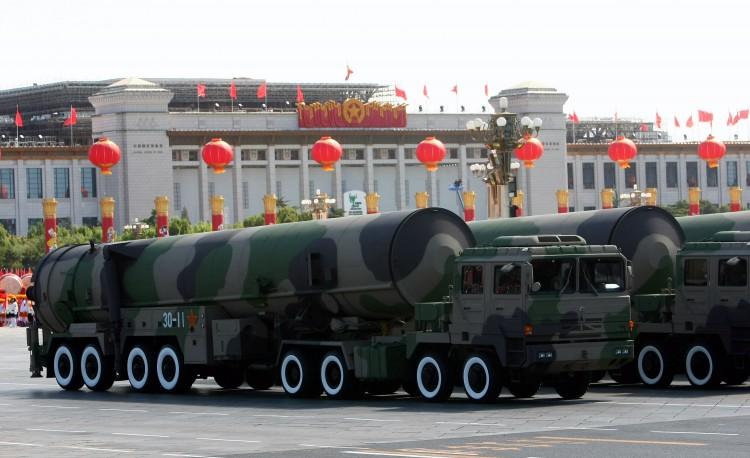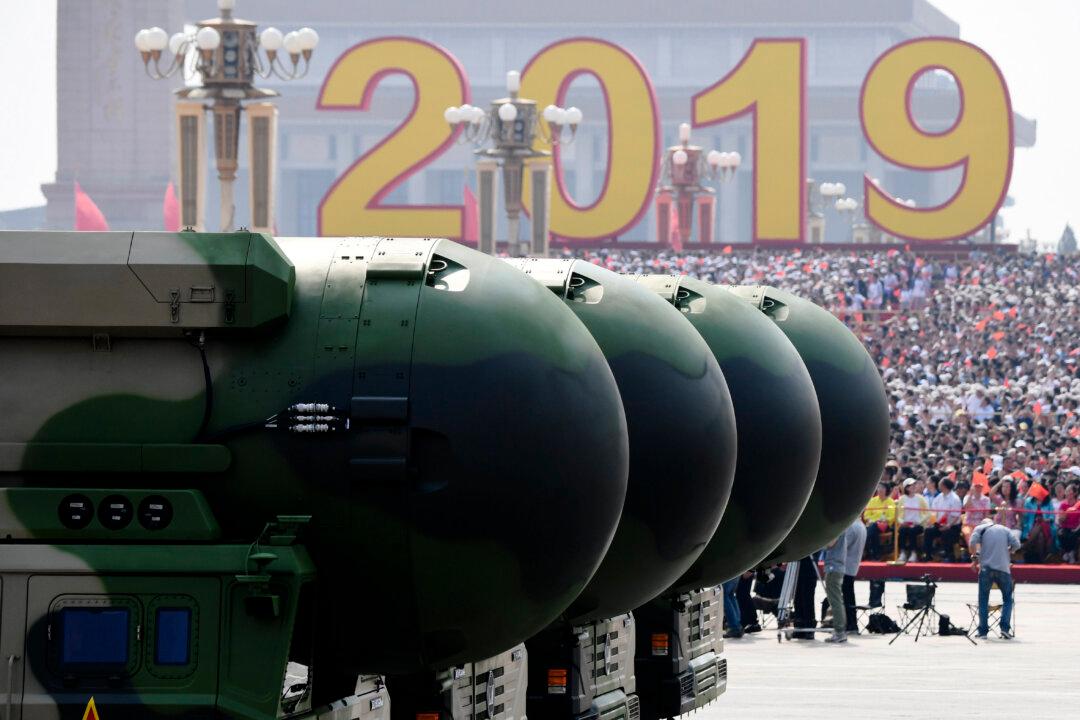Every year, a festival is held across China to honor the awakening of the dragon, lord of moving water. Called “longtaitou” or “the dragon raises its head,” this long-standing tradition marks the coming of rain that will nourish the coming harvest. This year, the celebrations fall on March 10, that is, the second day of the second lunar month according to the traditional Chinese calendar.
Dragons have been a part of Chinese culture since even before there was a China. But what makes it such a central icon?
In ancient Chinese lore, the dragon is a mystical creature endowed with celestial characteristics. It is the noblest of animals and in its capacity as overseer of water, commands climate so important to China’s chiefly agrarian civilization.
At the same time, it is a mystical creature that embodies the unfathomable pinnacle of perfect strength and freedom. In the Chinese naming of the four directions, the Azure Dragon administers the east, that is, the vast expanse of the Pacific Ocean. To the ancient Chinese, this was the endless source and returning place for all the streams and rivers in the land.
Rulers took the five-clawed yellow dragon as an exclusive symbol of imperial majesty. This animal and color also stood for the center, that is, China itself.





